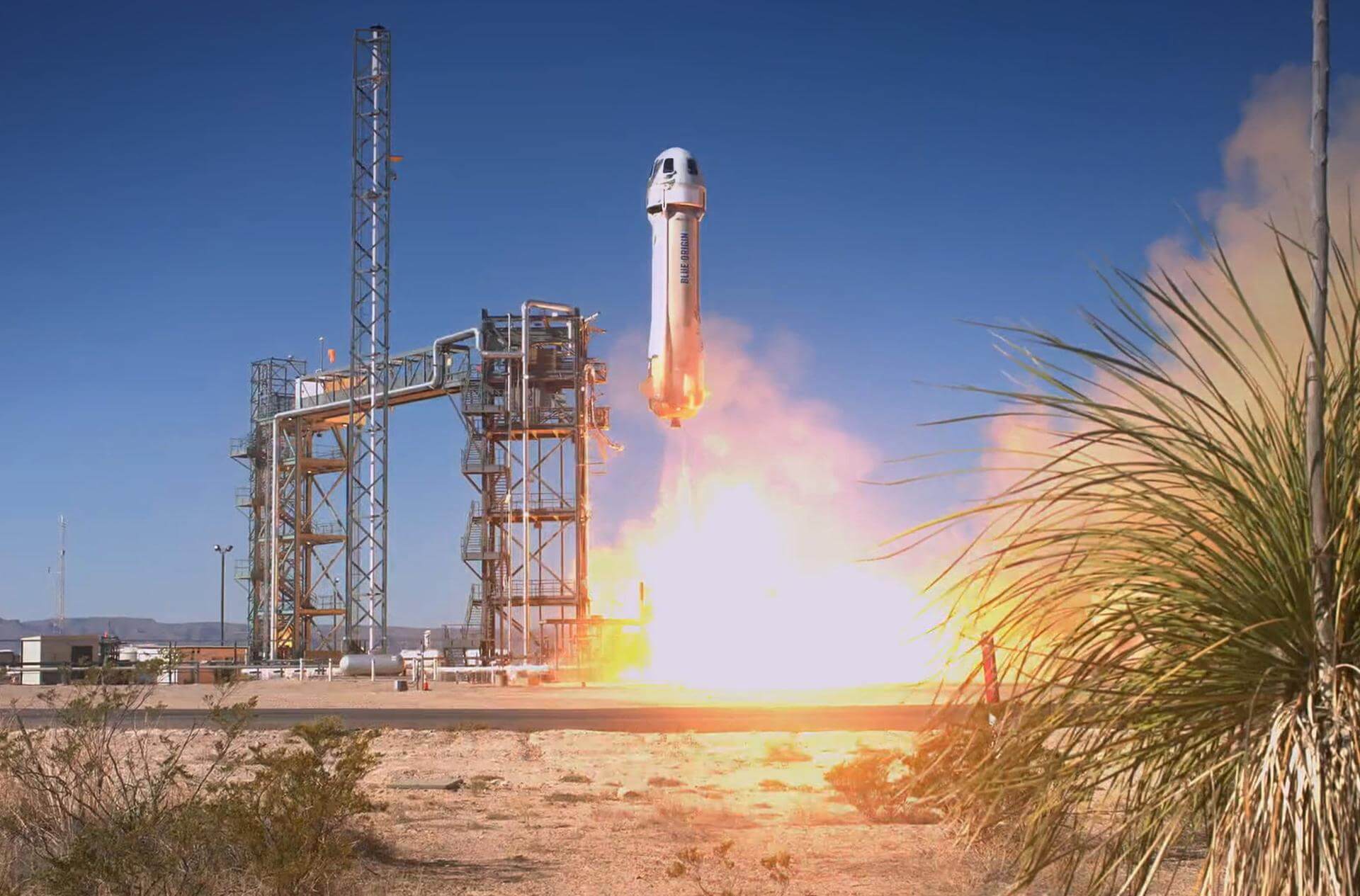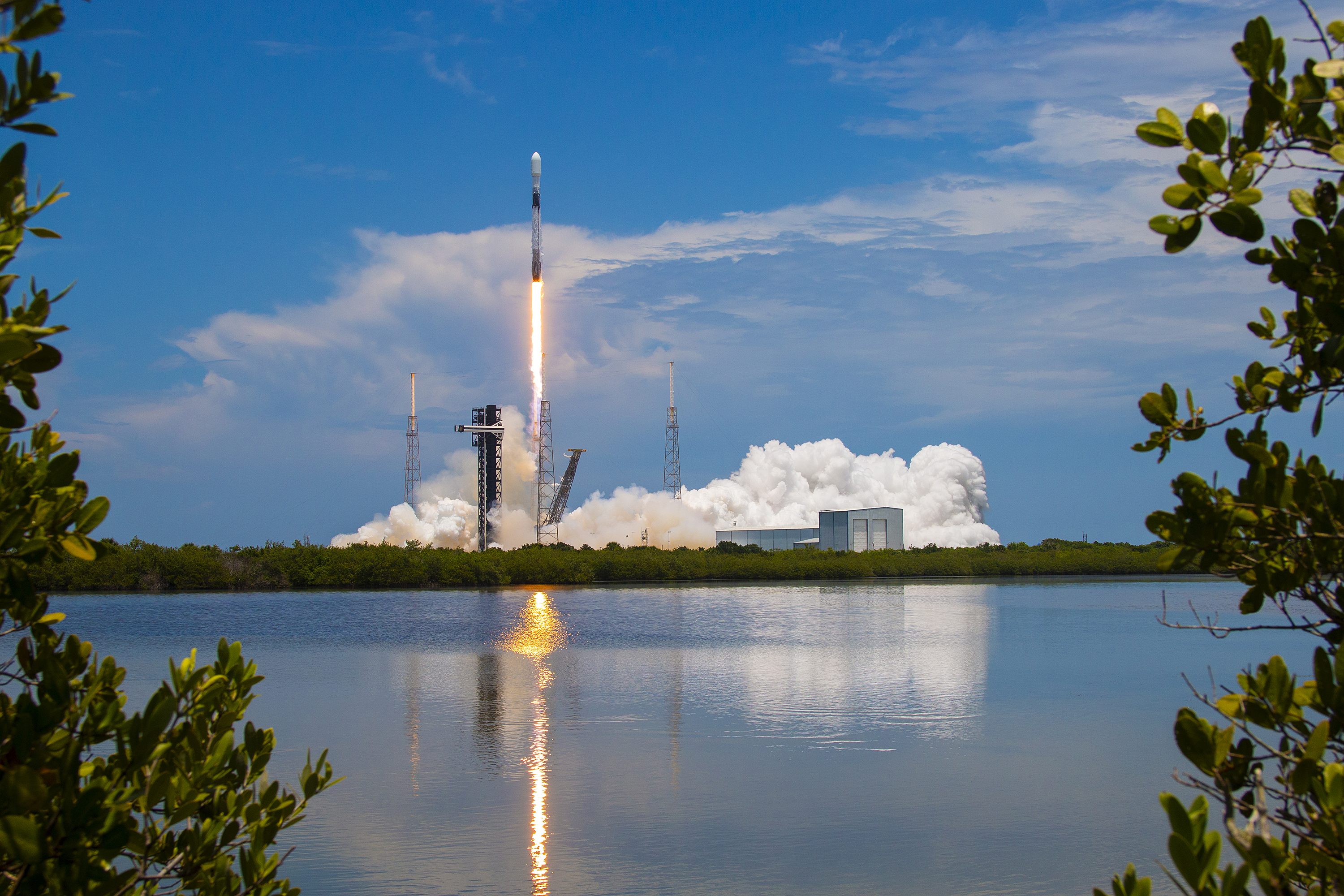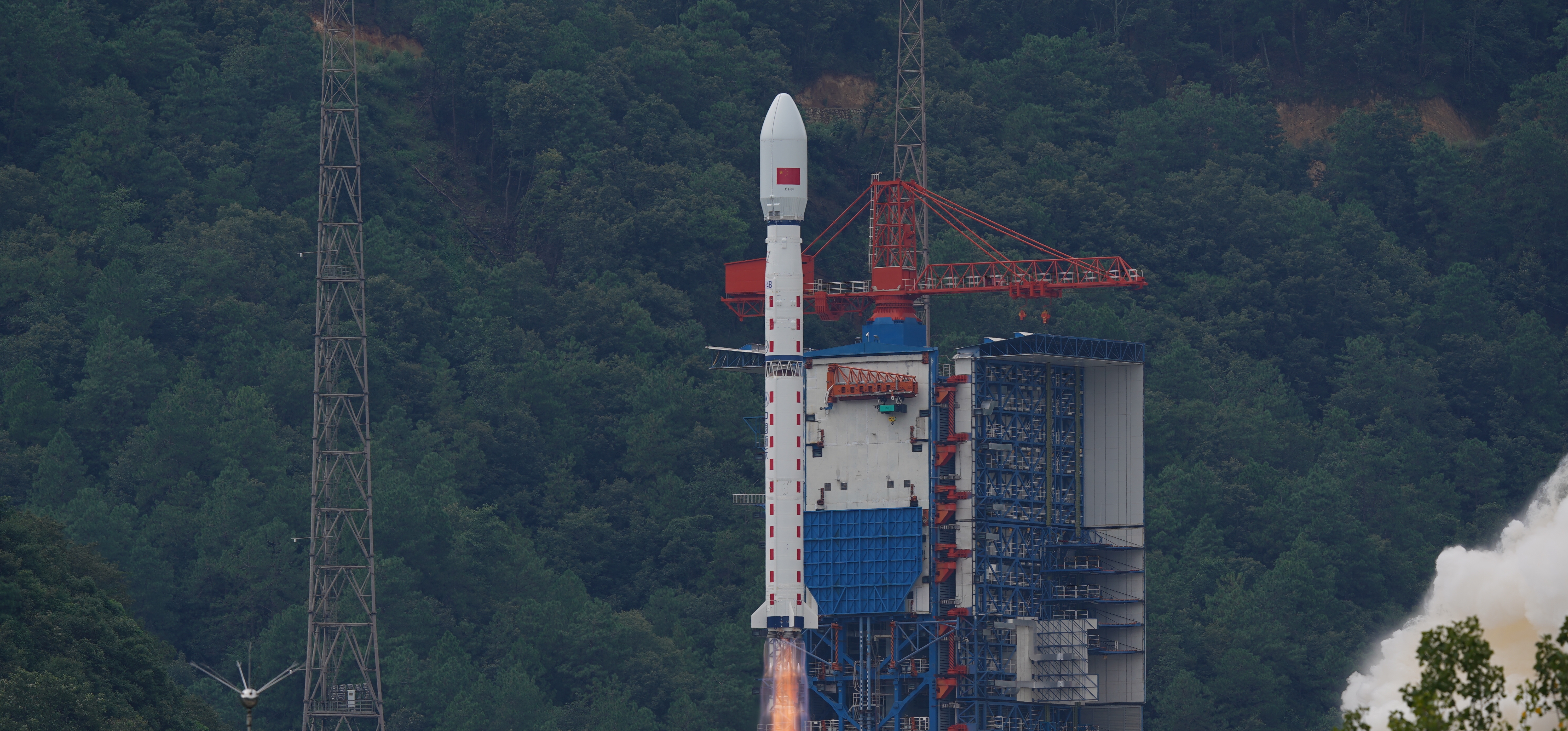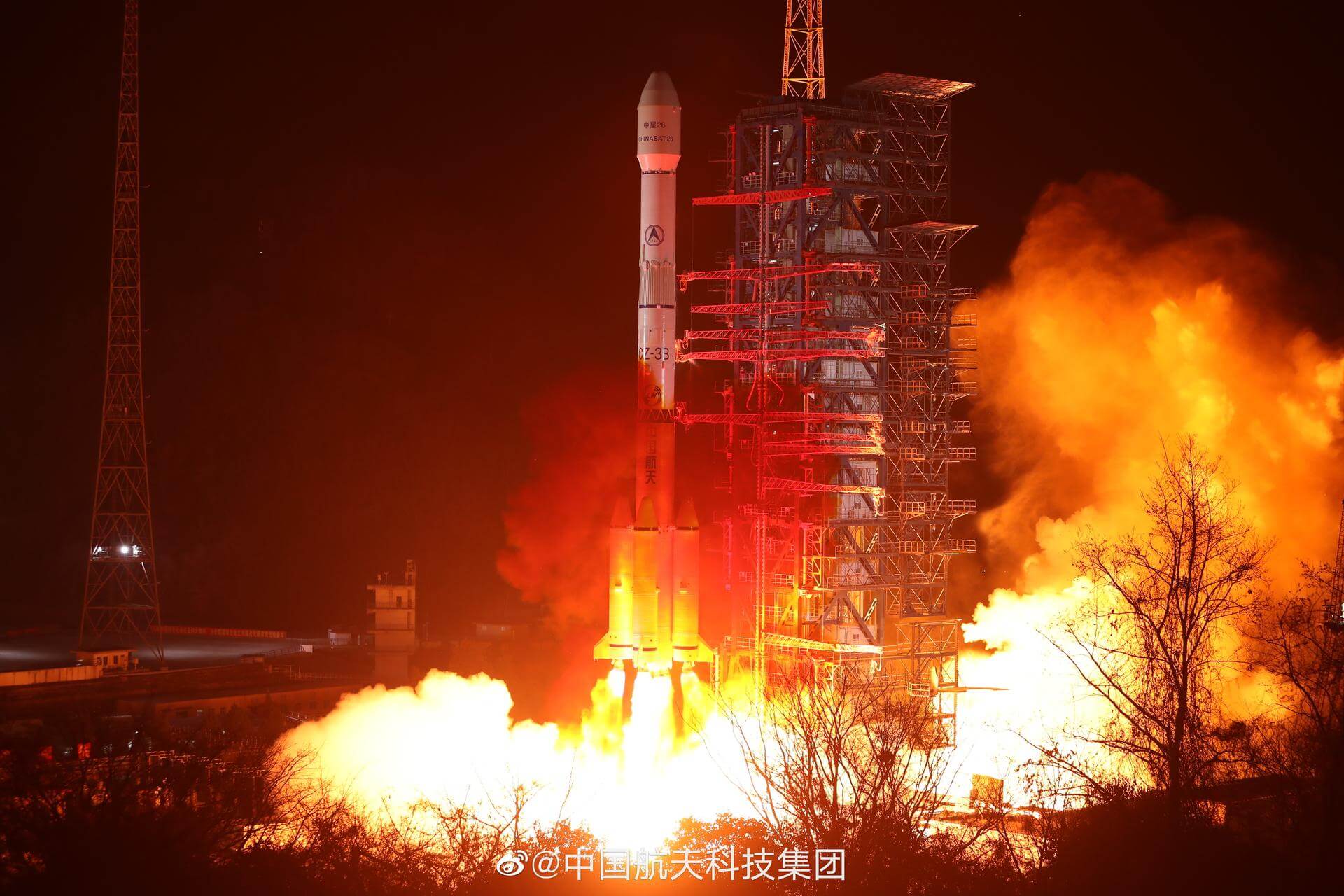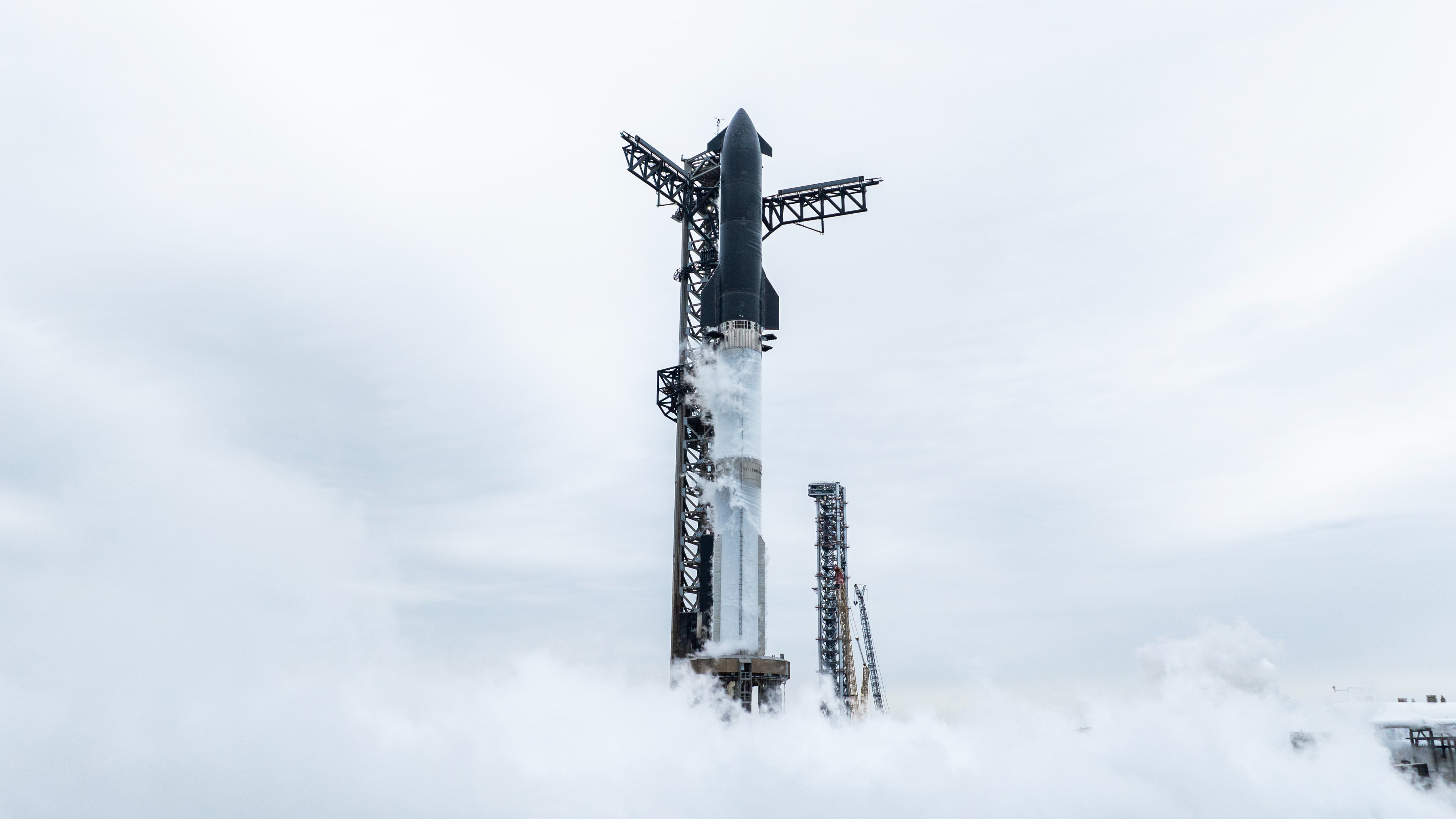Previous Spaceflight Launches
Filter by Agency, Locations or Vehicles
Show All LaunchesFalcon 9 Block 5 | Starlink Group 11-18
SpaceX | United States of AmericaVandenberg SFB, CA, USA
May 31, 2025, 8:10 p.m.
New Shepard | NS-32
Blue Origin | United States of AmericaCorn Ranch, Van Horn, TX, USA
May 31, 2025, 1:39 p.m.
Falcon 9 Block 5 | GPS III SV08
SpaceX | United States of AmericaCape Canaveral SFS, FL, USA
May 30, 2025, 5:37 p.m.
Long March 4B | Shijian 26
China Aerospace Science and Technology Corporation | ChinaJiuquan Satellite Launch Center, People's Republic of China
May 29, 2025, 4:12 a.m.
Long March 3B/E | Tianwen-2
China Aerospace Science and Technology Corporation | ChinaXichang Satellite Launch Center, People's Republic of China
May 28, 2025, 5:31 p.m.
Status: Launch Successful
Mission:
Tianwen-2 is a planned Chinese asteroid sample return and comet orbiter mission due for launch in May 2025. The spacecraft will visit the Near Earth asteroid 469219 Kamoʻoalewa (2016 HO3), collecting samples from its surface using both touch-and-go and anchor-and-drill approaches. It will return the samples back to Earth around 2.5 years after launch, with the main spacecraft proceeding to visit the main-belt comet 311P/PANSTARRS in the mid-2030s.
AsteroidFalcon 9 Block 5 | Starlink Group 10-32
SpaceX | United States of AmericaKennedy Space Center, FL, USA
May 28, 2025, 1:30 p.m.
Starship | Flight 9
SpaceX | United States of AmericaSpaceX Starbase, TX, USA
May 27, 2025, 11:36 p.m.
Falcon 9 Block 5 | Starlink Group 17-1
SpaceX | United States of AmericaVandenberg SFB, CA, USA
May 27, 2025, 4:57 p.m.
Falcon 9 Block 5 | Starlink Group 12-22
SpaceX | United States of AmericaCape Canaveral SFS, FL, USA
May 24, 2025, 5:19 p.m.
Falcon 9 Block 5 | Starlink Group 11-16
SpaceX | United States of AmericaVandenberg SFB, CA, USA
May 23, 2025, 10:32 p.m.

